How Connecticut Funds Education
Over $13.6 billion is spent on K-12 public education in Connecticut each year. The money that pays for this spending comes from three primary sources: local, state, and federal tax dollars. Approximately 92% of Connecticut public school funding comes from state and local sources, with 57.1% ($7.8 billon) coming from local property tax revenue and 34.6% ($4.7 billion) coming from state sources.
The Funding Formulas
While the primary sources of education funding (local, state, and federal tax dollars) are relatively simple, how each allocates or provides funding is not always as straightforward — particularly when it comes to how the State of Connecticut provides funding to its public schools.
The State of Connecticut distributes state education funding to public schools through a variety of formulas and grants. Currently, Connecticut’s legislature uses 10 different funding formulas to determine how much money public schools should receive.
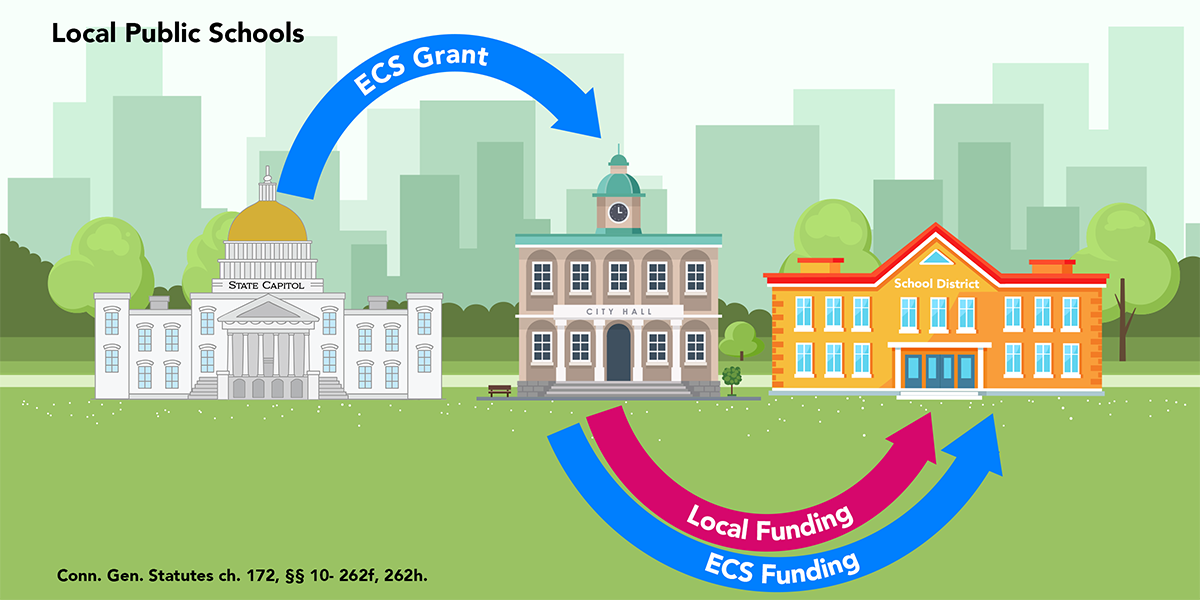
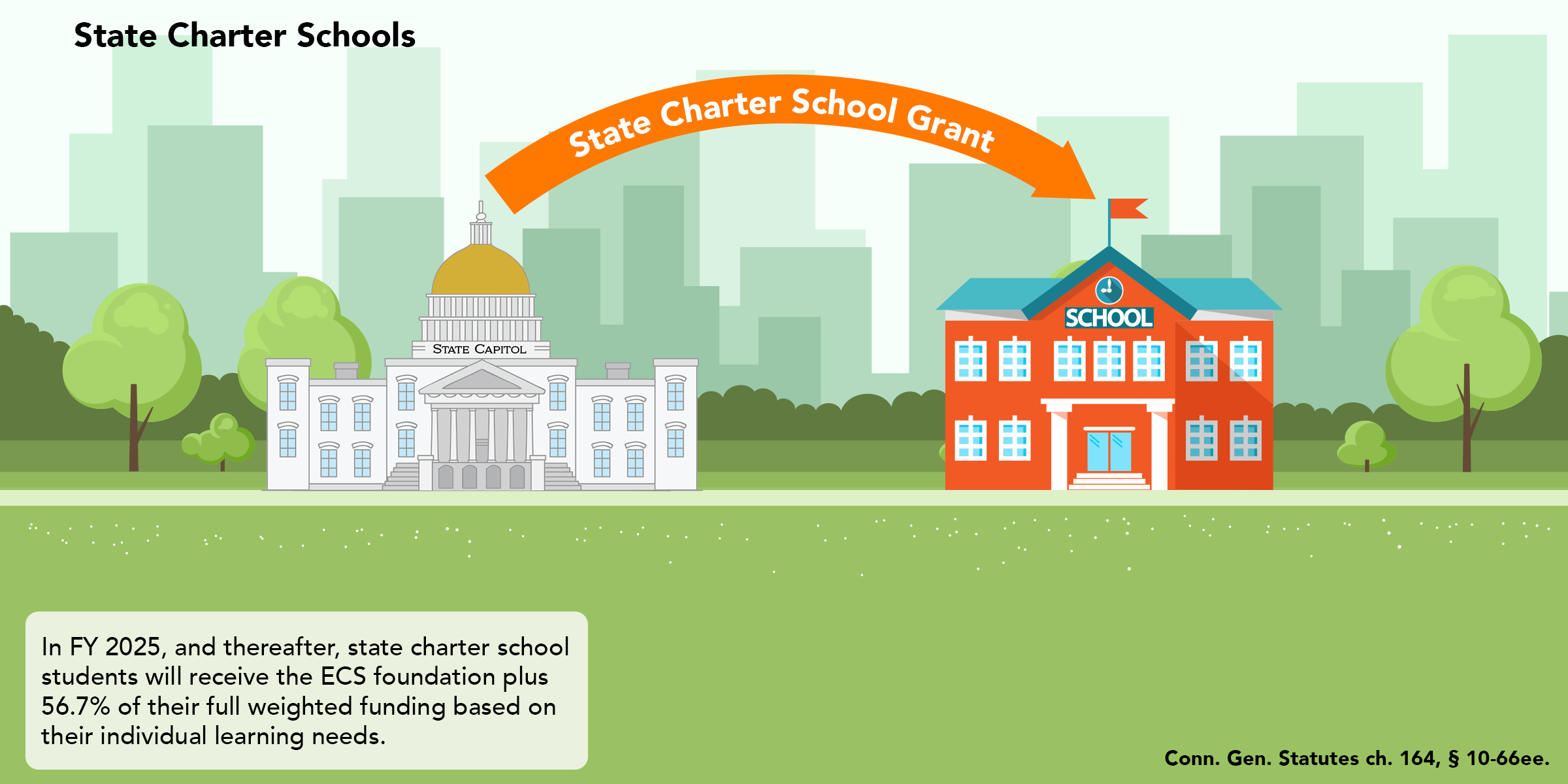
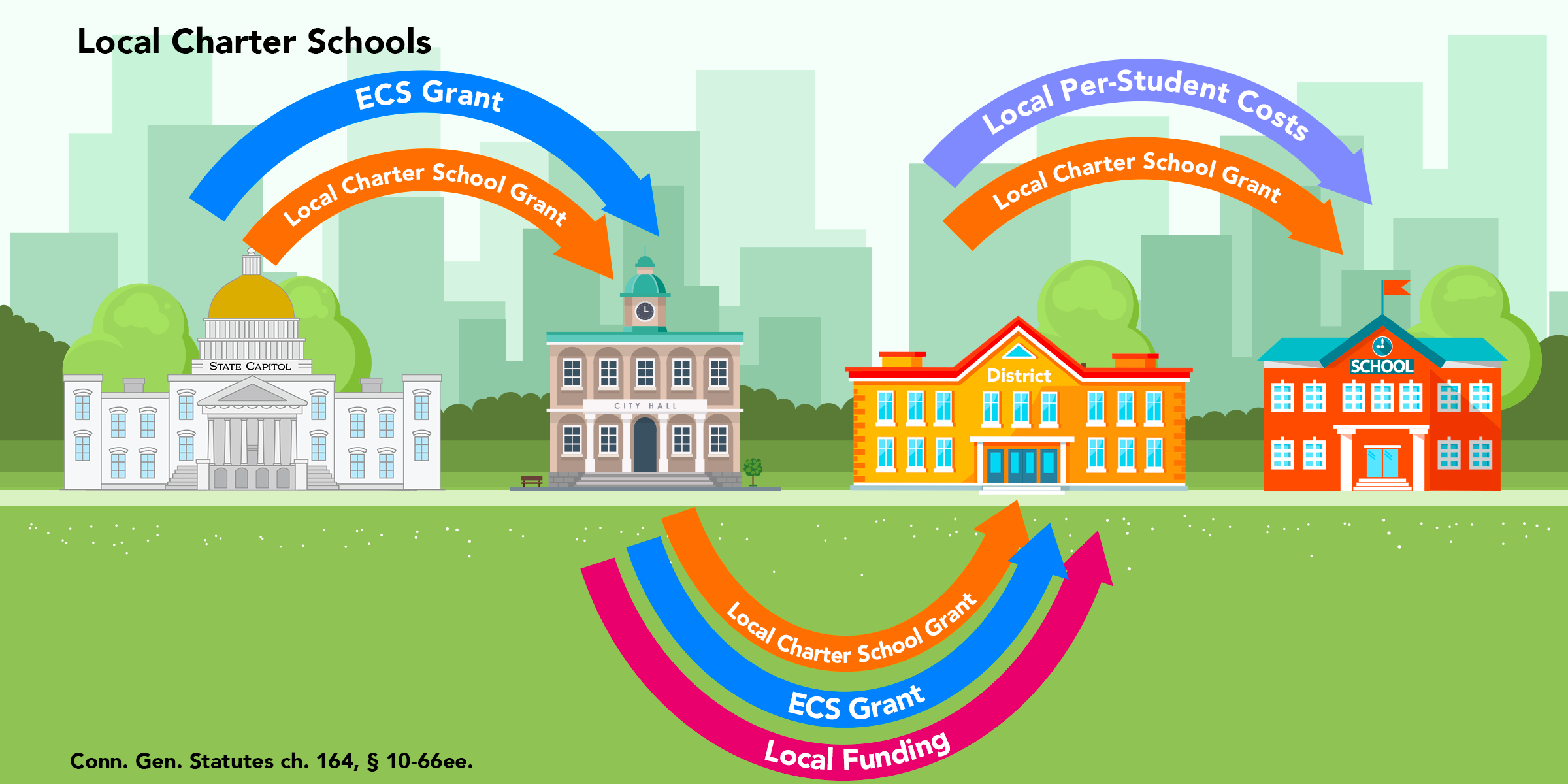
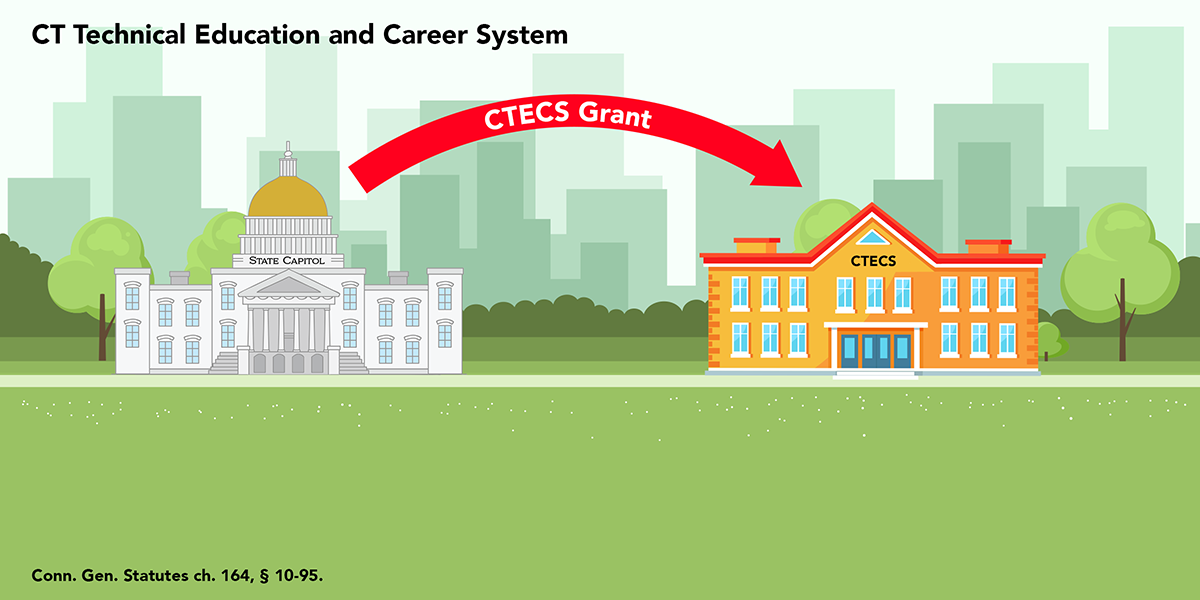
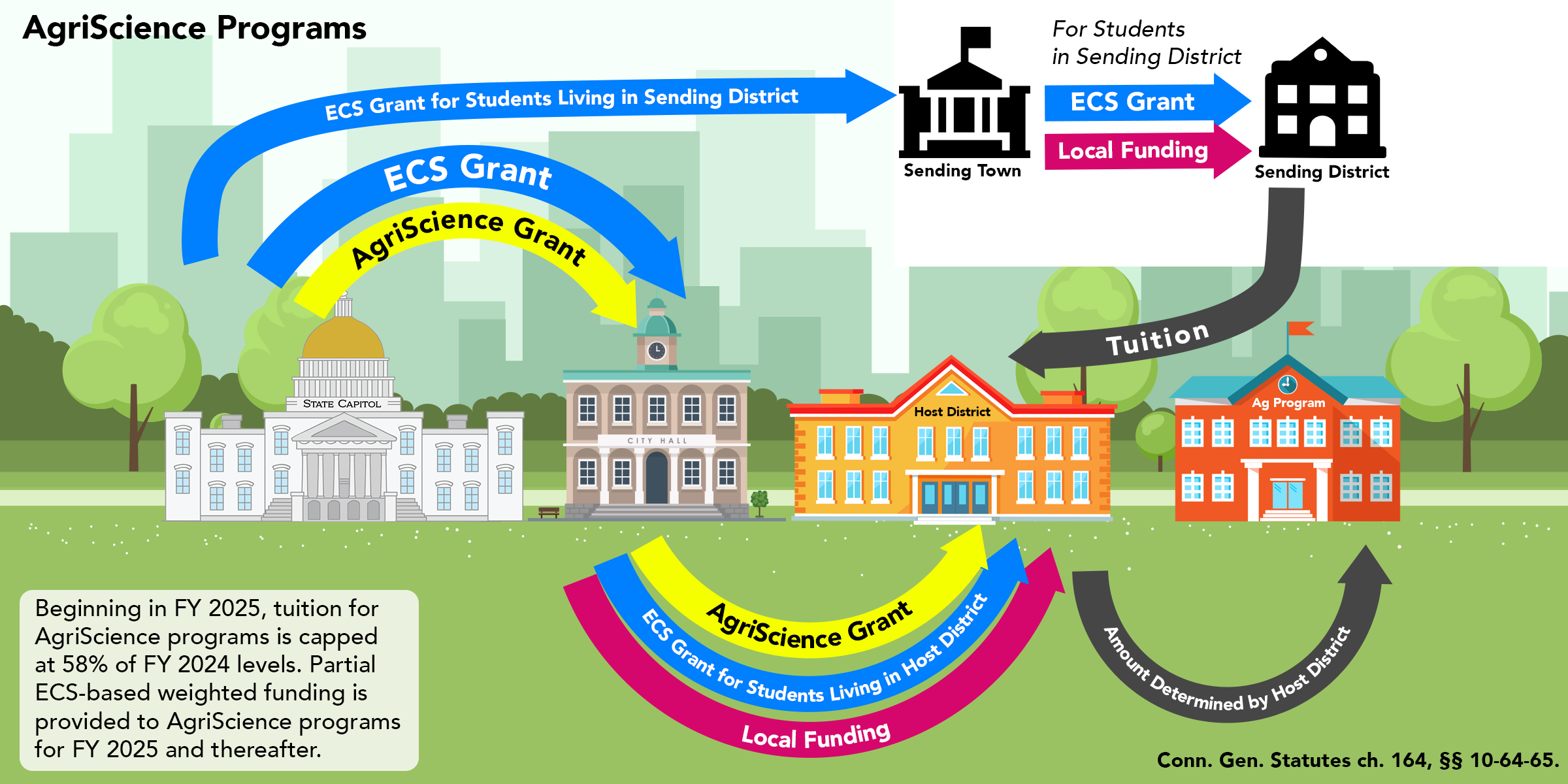
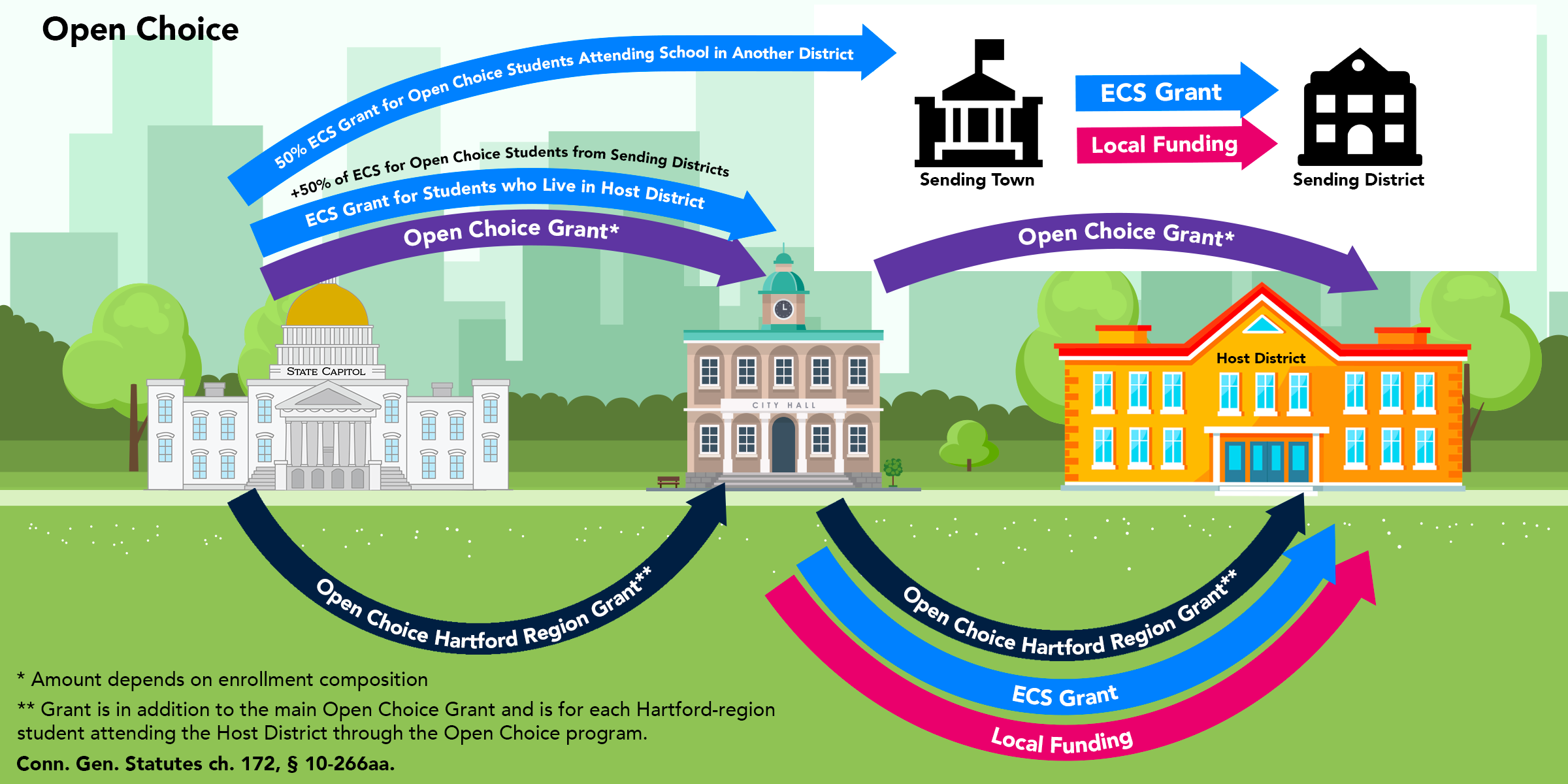
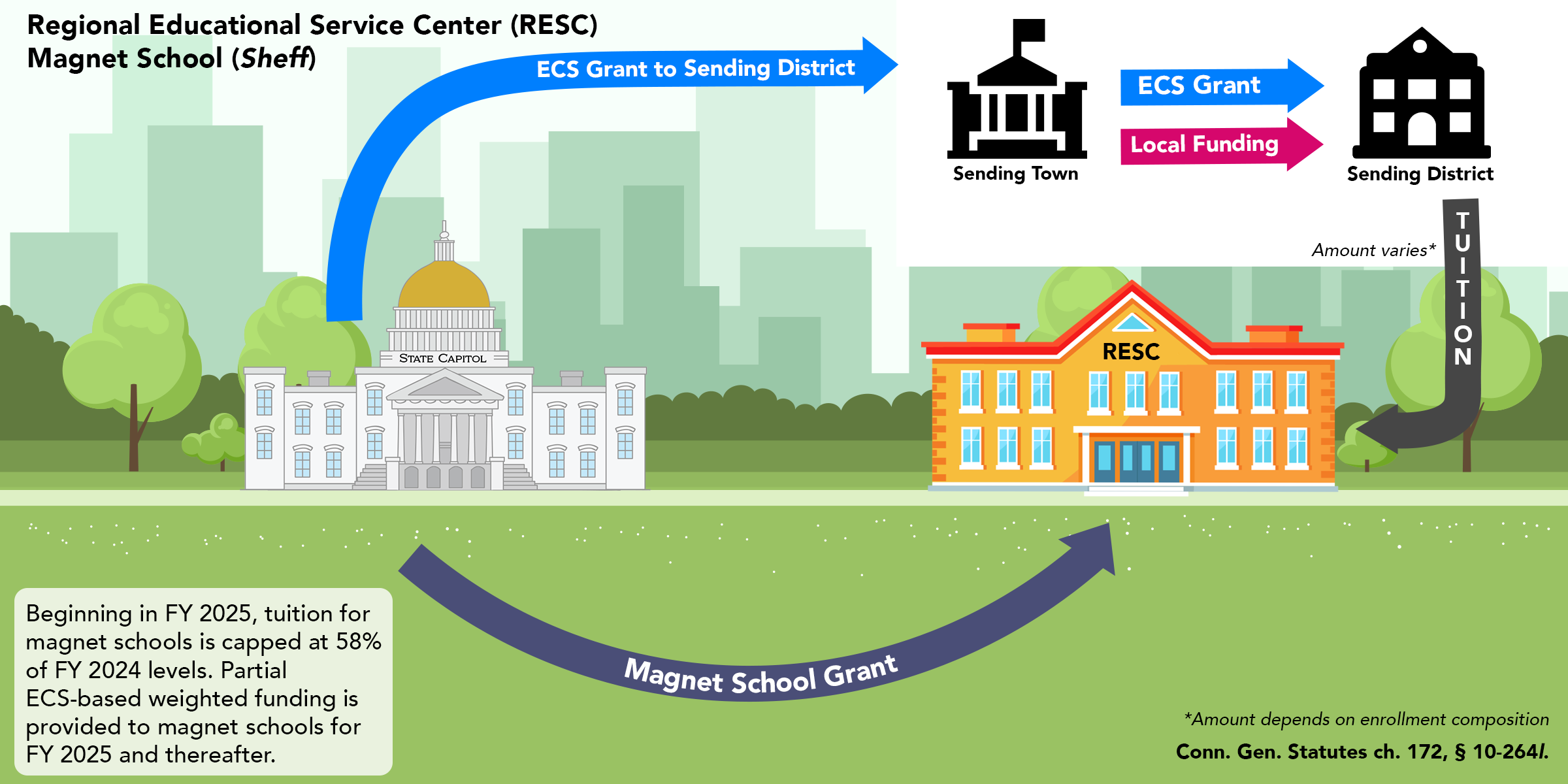
.png?width=2400&height=1200&name=RESC%20Magnet%20(nonsheff).png)
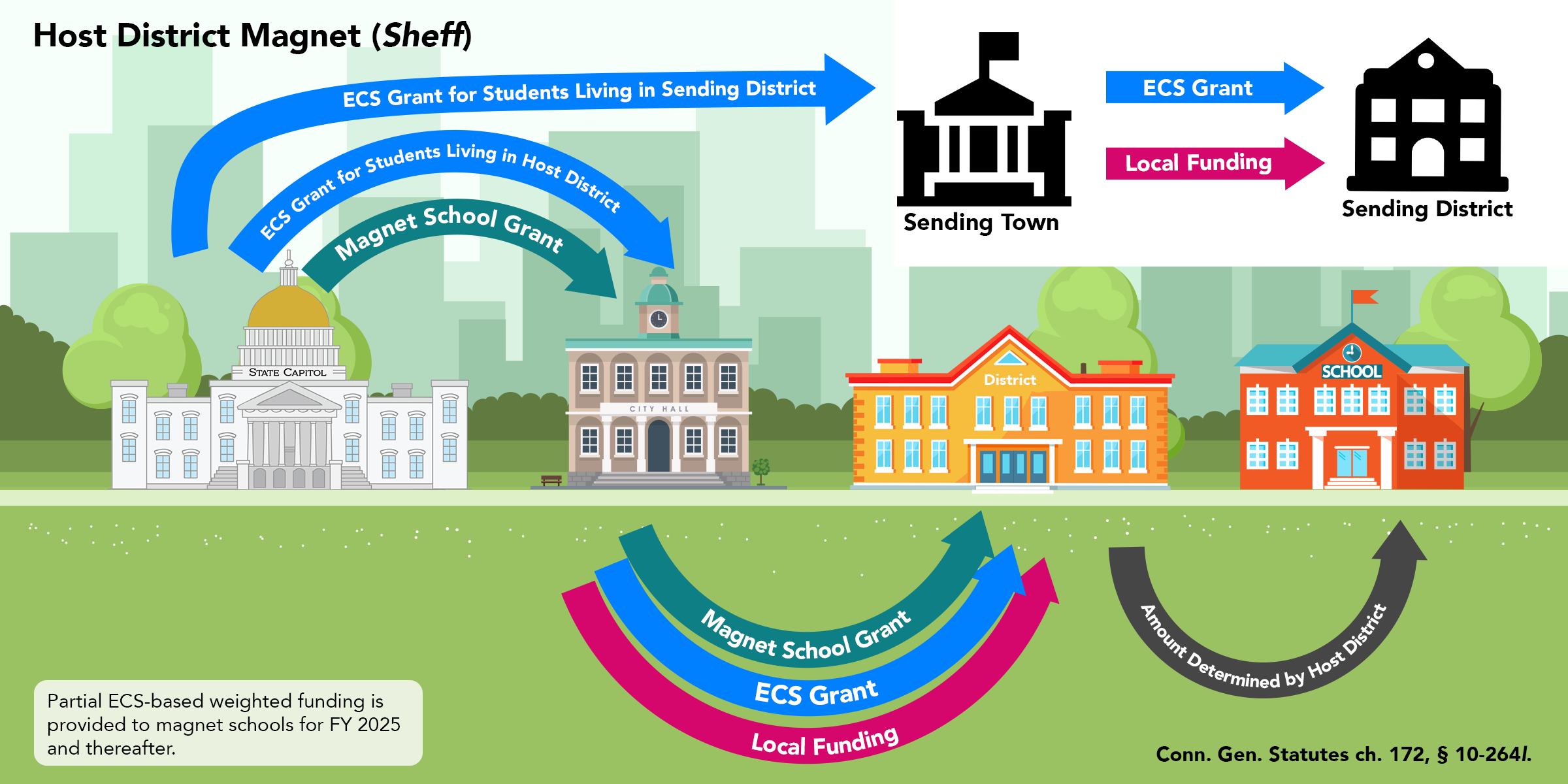
.png?width=2400&height=1200&name=host%20magnet%20(nonsheff).png)
These formulas range in complexity and differ based on the type of public school being funded. In fact, Connecticut uses five different formulas for magnet schools, two different formulas for charter schools, and individual formulas for the Connecticut Technical Education and Career System, AgriScience programs, and the Open Choice program.
Funding Formulas & Student Needs
For years, only the Education Cost Sharing (ECS) formula, which is used to fund local and regional public school districts, took student learning needs into consideration.
As a result, thousands of Connecticut students who attend other types of public schools were not funded by a formula that accounted for their learning needs. Instead, these students, who are disproportionately students of color, were funded through flat-dollar grants.
However, in 2024 the Connecticut General Assembly passed landmark legislation that — for the first time in state history — partially funds all public school students based on their individual learning needs, no matter where they live or the type of public school they attend.
This is a historic achievement that not only increases funding for students, but helps untangle the state's disjointed and inequitable web of education funding formulas by putting Connecticut on the path for a single, transparent formula to support both local and regional public school districts as well as public schools of choice (magnet schools, AgriScience programs, and charter schools).
The School and State Finance Project is continuing to work collaboratively with legislative, education, community, and municipal stakeholders across the state to fully enact need-based, student-centered funding so all of Connecticut's public school students are provided equitable education funding based on their learning needs.
Stay Up-to-Date
Sign up to get new reports and the latest data sent right to your inbox